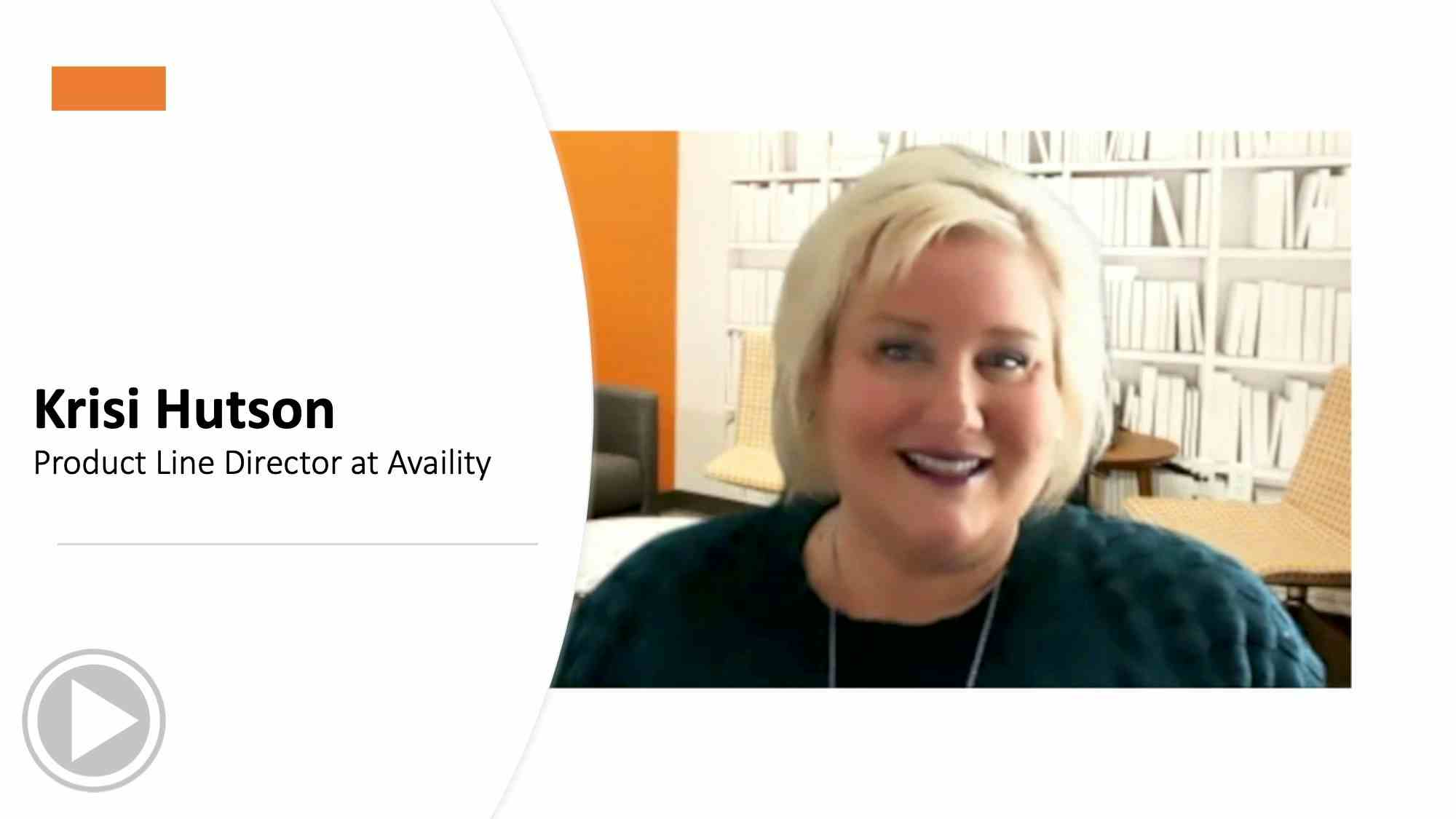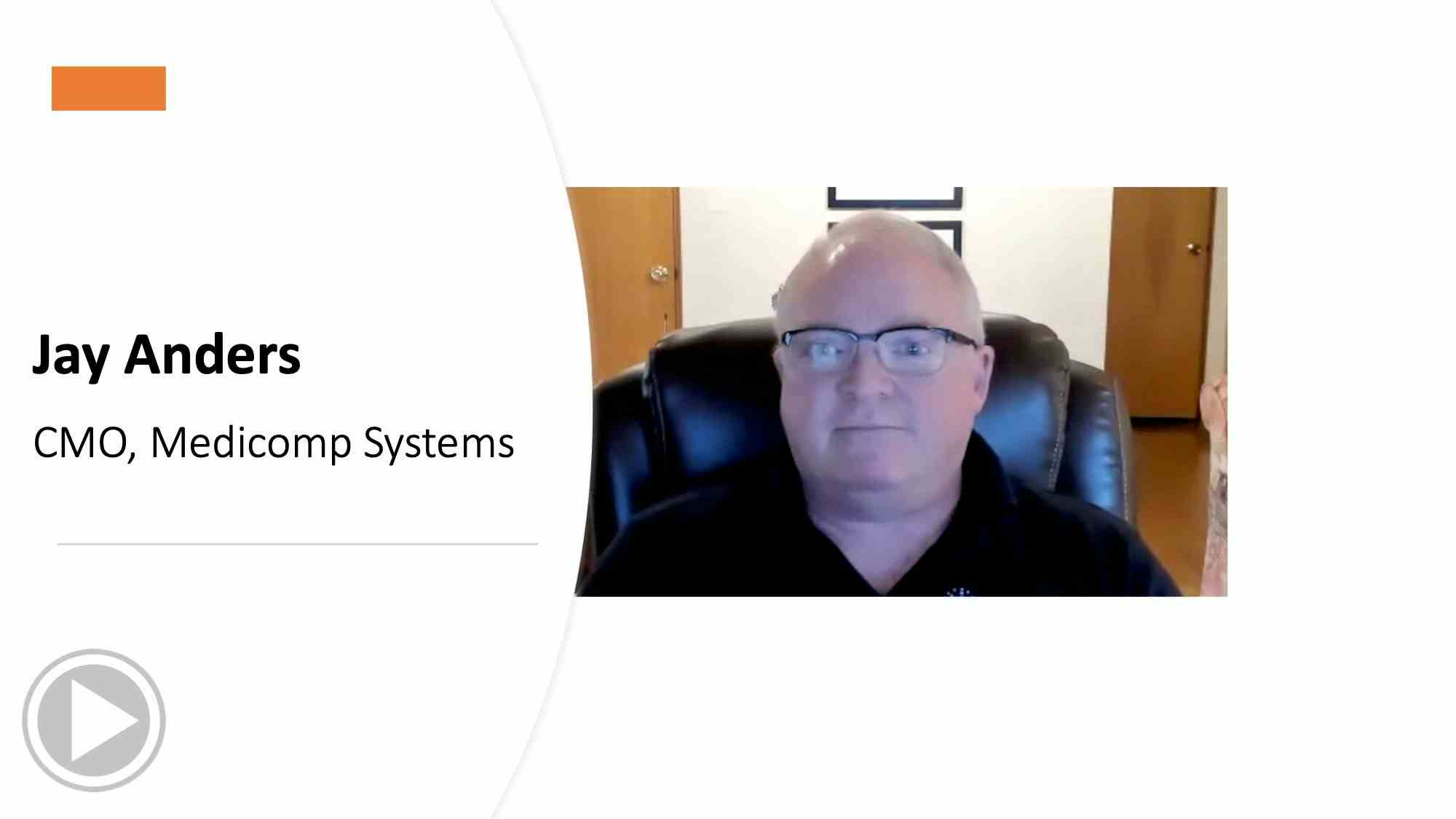Decisions, Decisions
Help with making risky financial decisions
Why does an intelligent, educated person make irrational decisions when faced with risky choices? It is a question physicians, financial advisers, and behavioral researchers ponder regularly.
For example, have you ever felt frustrated and baffled by the behavior of a patient? Of course. Why can't (or won't) they follow your advice? They don't exercise, they won't take their medication, they eat too much (or the wrong things), they drink too much, they don't get enough sleep, they won't drop those "extra" 40 pounds, they won't quit smoking -- or all of the above.
We financial advisors share a similar frustration because of some clients' behaviors. They spend too much, they don't save enough for the future, they carry too much debt, they don't have adequate insurance, they have no prudent back-up savings, they invest money like they're on a weekend trip to Las Vegas -- or all of the above.
Unfortunately, in each situation, negative stimuli are often required to prompt a change in behavior. Physically, it's the shortness of breath, the pain in the chest, the blood in the urine, or the lump in the breast that motivates behavioral change. Financially, it's the market crash, the cash-flow crunch, the loan rejection, the first college tuition bill, or the car accident that keeps you from working that catches your attention. In either case, we all eventually come to the same conclusion: We're human. We sometimes make poor decisions. We are prey to our own human nature.
What can save us from ourselves?
Double or nothing
In the financial arena, Daniel Kahneman and Amos Tversky provided the groundbreaking research to provide answers to that question. As the fathers of a fascinating area of study referred to as "behavioral finance," they began in the 1970s by studying how humans make decisions for such dilemmas as:
- Will an army general send a regiment into battle where there's an 80 percent chance of winning the battle with minimal casualties or a 20 percent probability that the entire regiment will be killed?
- Will the plaintiff sue if the prospect of winning $2 million is 10 percent but the cost of litigation is $40,000?
- Does the professional basketball superstar, having made four of his last five shots, have the "hot hand," thus increasing his likelihood of making his next shot?
As physicians and financial types do every day, Kahneman and Tversky were trying to determine how the human mind makes decisions in uncertain environments. As they moved their research to money-related behavior, their classic two-question test below was published in an article in the June 1985 issue of Discover magazine.
Decision I
Choose between:
a. A sure gain of $240.
b. A 25 percent chance of winning $1,000 and a 75 percent chance of winning nothing.
Decision II
Choose between:
a. A sure loss of $750.
b. A 75 percent chance of losing $1,000 and a 25 percent chance of losing nothing.
While this may appear to be a simple test, its implications are profound. Ninety percent of the time, people will choose "a" in the first example and "b" in the second example. That is because we are generally "loss averse" not "risk averse," as I discussed in my last column. We will accept a certain gain, yet take more risk in order to avoid a loss. When we were kids playing games, we called that "double or nothing."
Careful deliberation
Kahneman and Tversky found that we cope with the complexities and risks of life by using heuristics, or mental shortcuts, for solving problems quickly and easily. As life becomes more complex, the desire to find mental shortcuts increases; they can make life more manageable in certain instances. But it's important to develop an awareness of those heuristics that can get you into trouble, financially. Consider the following approaches that can lead to poor decision making.
Anchoring. "XYZ stock was trading at $100 four months ago. Today it's at $70. I'll wait until it goes back to $100 before I sell it and diversify my portfolio."
The anchoring heuristic is one of the sneakiest because it often relies on just one data point. It involves taking an arbitrary starting point and then adjusting behavior away from this arbitrary number. In this case it presumes that the $100 trade was based on rational market behavior. As we all learned from the burst tech bubble, rationality doesn't always prevail.
The trick here is to consider the path you're on now and the one you ought to be on. By stepping away from the non-diversified, single stock portfolio into an optimized, diversified portfolio you aren't losing anything. You're simply creating a more predictable outcome.
Representativeness. "The market has rebounded strongly after the past four major market drops. The smart money always buys on the dips."
We display this behavior every day: Classifying some person, behavior, or event according to how typical (or representative) we think it is of a category or class. The representative heuristic transforms a brief pattern into the "true" long-term pattern; it becomes your "truth."
The key to managing this heuristic is to base your decisions on true historical base rates. First, know what asset classes have done historically -- not just their return, but also their risk and, most importantly, their behavioral relationship with other asset classes. Having a portfolio constructed using asset classes with high negative correlation is a key to success. When one class is going down, something else is going up.
Availability. "John Doe, PhD, has picked the last five market turns. I'll buy and sell my investments based on his recommendations because he has a hot hand."
This heuristic is difficult to manage because it's based so heavily on emotions. It kept many "Depression babies" invested in CDs during the greatest bull market in the history of our country. It caused more novice investors to become convinced that we were in a "new economy" after the market run-up from 1997 to 1999. The problem is that we tend to estimate how often something happens based on how easy it is to remember examples of that event occurring. But some events, even if they don't occur very often, are easy to recall, such as 9/11. How many people do you know who, one year later, avoid flying altogether because of the terror attacks? Gaining an understanding of true patterns rather than apparent patterns is critical in managing this heuristic.
Investing in risky assets is simply that -- risky. Moreover, mental shortcuts, while useful in some parts of life, can get you in trouble when it comes to investing. Using sound academic research, such as the modern portfolio theory (again, see my last column) and behavioral finance, is the key to avoiding errors.
This can help you get a handle on your own decision making, managing your short-term fear of loss and avoiding misleading mental shortcuts. It's the best way I've seen to help you achieve your most important financial dreams.
Rick Adkins, CFP, ChFC, MBA, is CEO of the Arkansas Financial Group Inc. in Little Rock, Ark. He has been listed in Worth magazine's "Best Financial Advisers" since 1997 and Mutual Funds magazine's 2001 list of "100 Great Financial Planners." He can be reached at RickA@ARfinancial.com or personalfinance@physicianspractice.com.
This article originally appeared in the September/October 2002 issue of Physicians Practice.
Health care’s 2025 revenue cycle imperative: Reduce administrative waste
January 22nd 2025Given that so much of the high costs associated with running a healthcare business remains outside of the organization’s control, financial leaders will have to consider how they can impact the one area that is in their control in 2025: reducing administrative waste.



